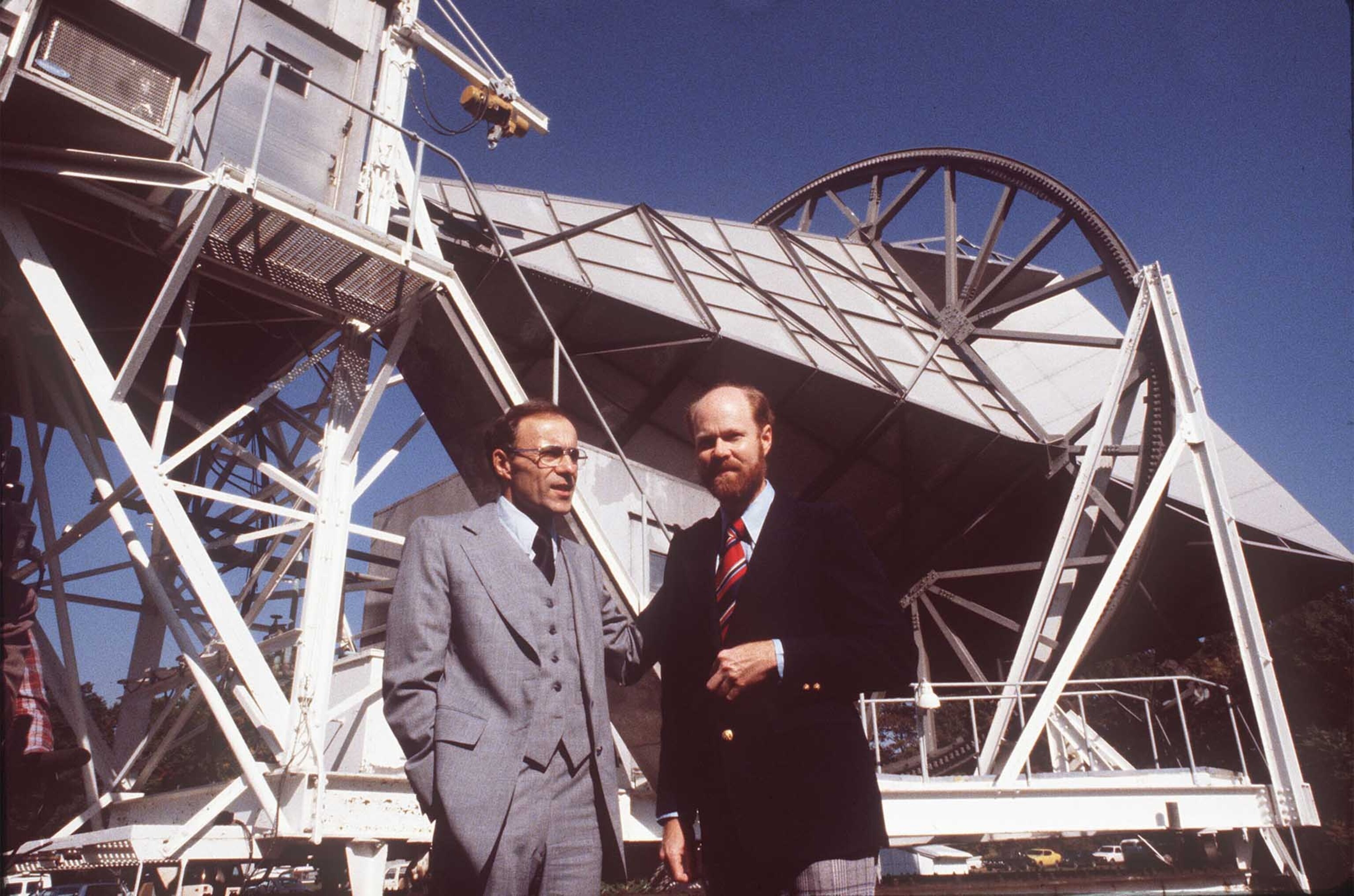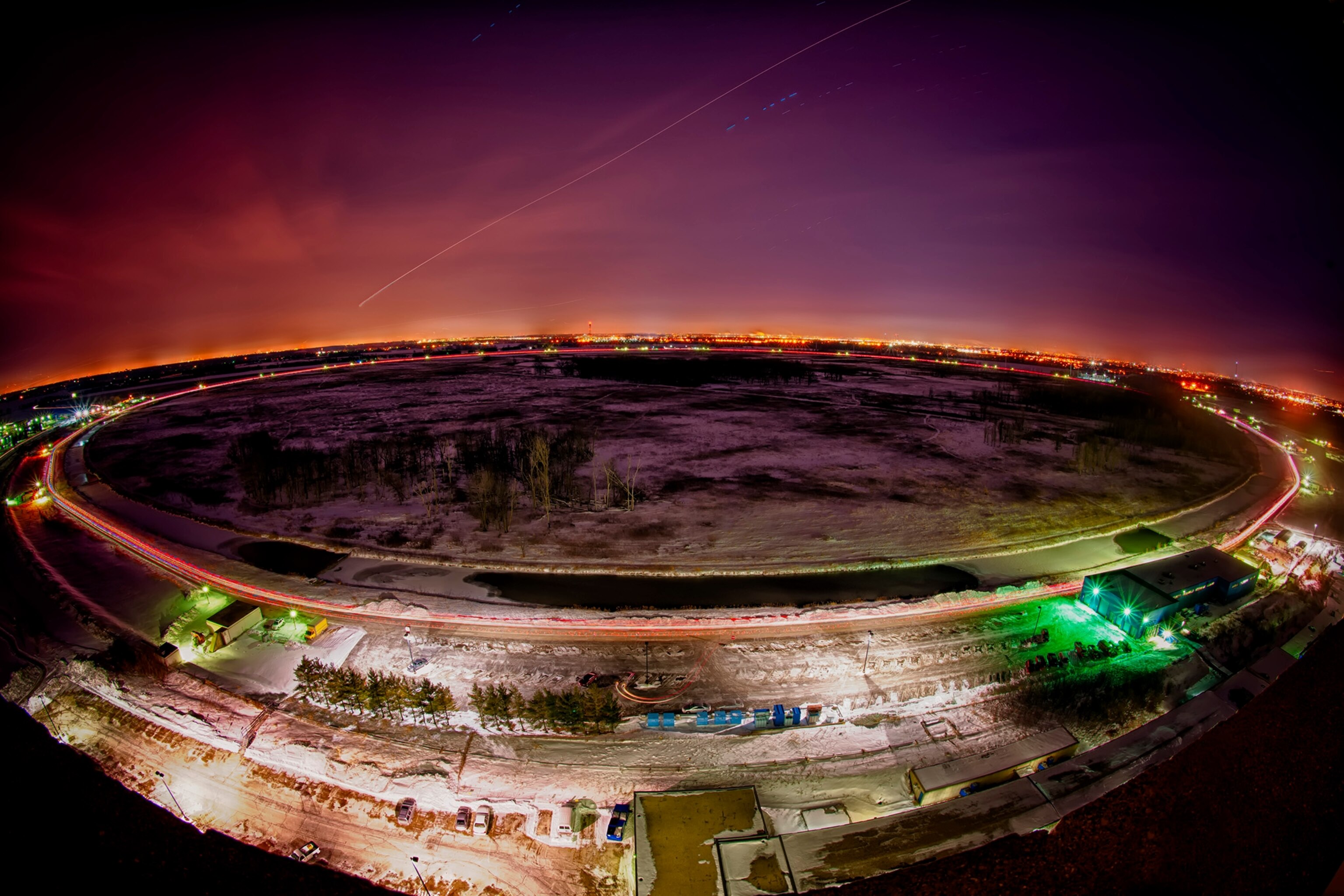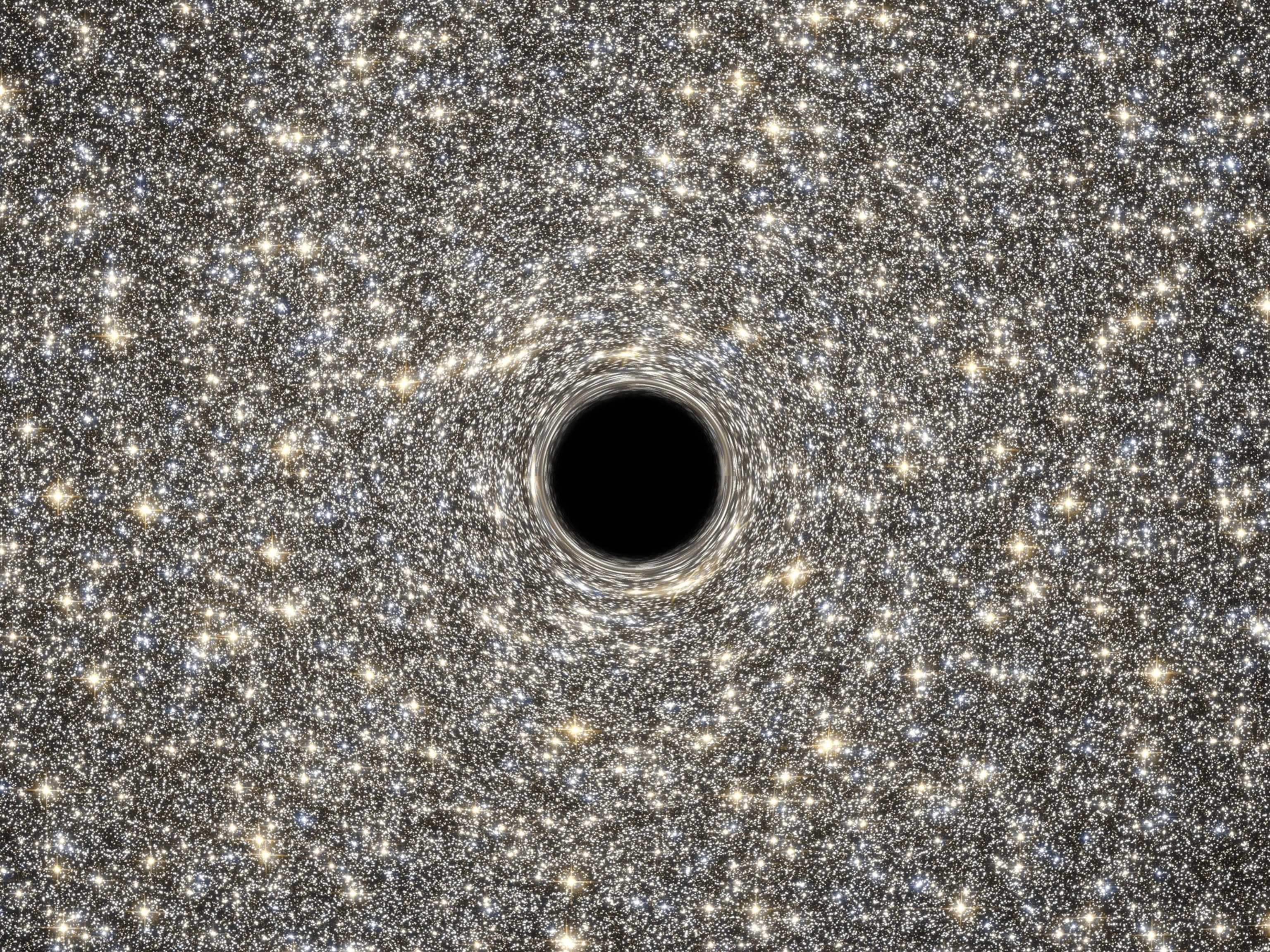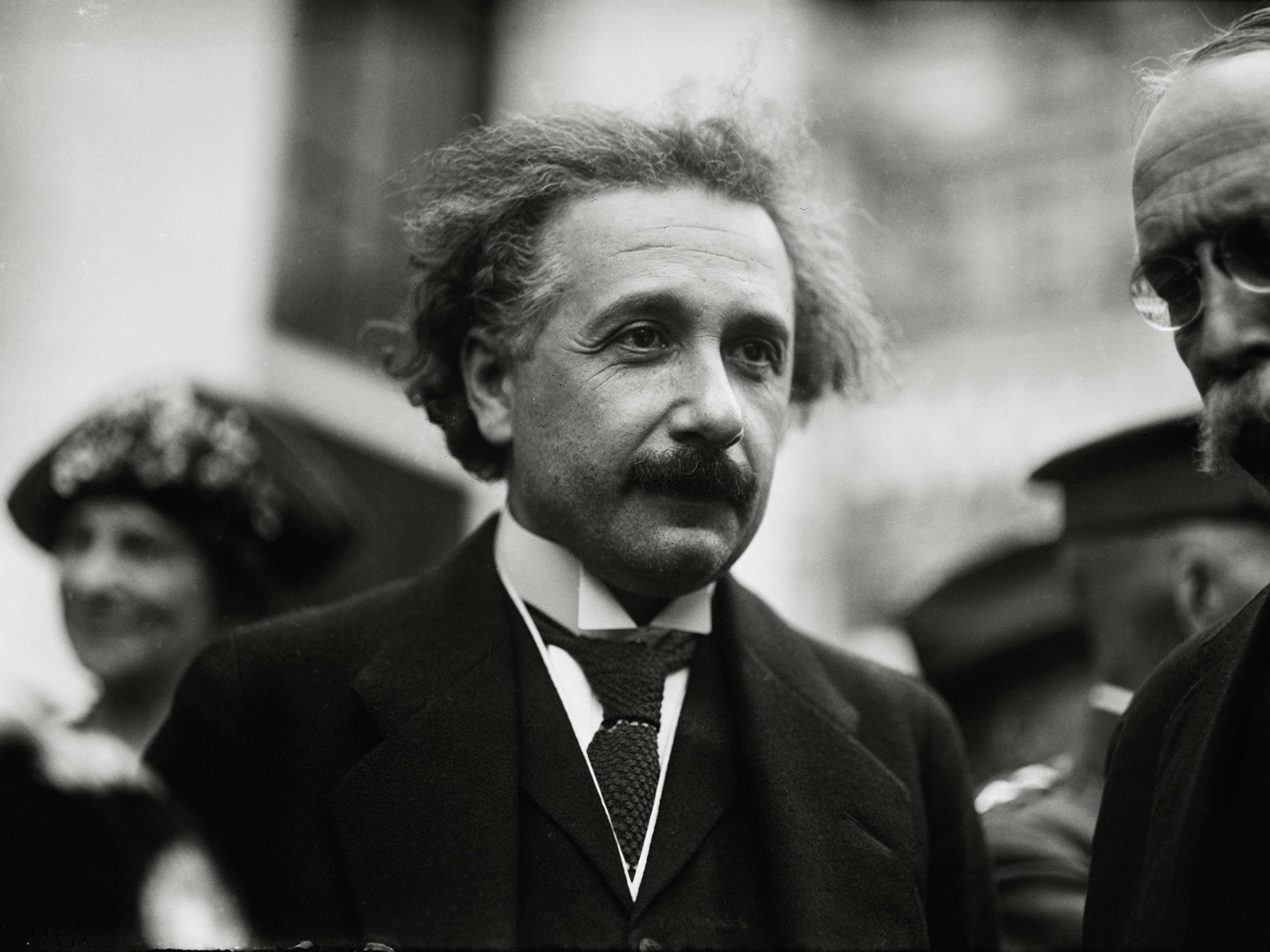
Five Small Animals That Messed With Big Science
The weasel that paused the world’s largest particle collider joins a zoo of critters that have tinkered with major science projects.
Unlocking the secrets of the universe can be a massive undertaking. But as researchers have learned, it only takes a single furry or winged beast to throw our cosmic endeavors right off the rails.
This week, work at the world’s most powerful particle accelerator came to an abrupt halt due to a power outage. The Large Hadron Collider, run by CERN in Geneva, Switzerland, is the huge underground machine where scientists discovered the Higgs boson in 2012.
According to an internal status update, the cause of the LHC’s electrical glitch was a fouine, French for “weasel” or “marten.” The mischievous mammal seems to have chewed into one of the collider’s electrical transformers, triggering a short circuit. Unfortunately for the animal, it did not survive its shocking adventures.
“I can confirm that the Large Hadron Collider is on standby mode, following technical issues in the last 24 hours, including a power cut due to the passage of a weasel,” CERN spokesperson Arnaud Marsollier says in an email.
“The concerned part of the LHC stopped immediately and safely, though some connections were slightly damaged due to an electrical arc,” he adds. Still, such standbys are fairly routine for the facility, which sits in a rural region on the border between Switzerland and France. Marsollier says repairs may take a few days.
While it’s unclear why small mammals might munch on electrical gear, it’s definitely not uncommon, says Roland Kays, head of the Biodiversity Research Lab at the North Carolina Museum of Natural Sciences.

“Martens chew on car wires all the time in Europe, it’s a pretty big problem actually,” he says in an email, adding that there is “quite a bit of engineering now going into reducing the problem.”
The incident is definitely not the first time animals have tinkered with some of our biggest science projects. Here are four more wild encounters between beasts and machines.
Original Computer Bug
Techy types have been calling weird engineering problems “bugs” since the 1800s. Perhaps the most famous is the unfortunate moth that got stuck in the Harvard Mark II computer in 1947. Engineers servicing the hulking machine were so amused they taped the dead moth into a logbook with the phrase “first actual case of bug being found.” The book and the moth are now in the collections of the Smithsonian’s National Museum of American History.

Cosmic Pigeons
In the 1960s, physicists Arno Penzias and Robert Wilson were trying to use a 20-foot antenna at Bell Labs in New Jersey to map radio signals in the spaces between galaxies. Despite taking many steps to weed out background noise, the pair kept hearing a uniform sound at a particular microwave wavelength. Their primary suspect for the static: pigeons that had taken up roost inside the antenna.
The duo diligently ousted their avian interlopers and spent hours cleaning up pigeon poop. Weirdly, the static was still there, and that turned out to be good news. The physicists eventually discovered that they were listening to the cosmic microwave background, an echo of the big bang that permeates the universe.

Raccoon Rabble
The LHC isn’t the only particle accelerator to have wildlife troubles. A 2006 status update from the Tevatron, a now defunct collider at Fermilab in Illinois, notes that on May 30, the facility had to battle a “raccoon attack.” Shortly after midnight, according to the report, the masked invaders tried to stake out turf in the accelerator and the division headquarters, but they were repelled by the staff.
“No raccoons were either injured or captured during these encounters,” the report states.

Space Bat
NASA is also no stranger to animal hiccups. The launch complex at Kennedy Space Center in Florida shares the area with the Merritt Island National Wildlife Refuge, home to crocodiles, manatees, and other local wildlife. But it was a free-tailed bat that made headlines in 2009, when it took an inadvertent ride on the space shuttle Discovery.
The bat was spotted clinging to the shuttle’s orange fuel tank shortly before its scheduled liftoff. The animal appeared to have a broken wing, which may be why it clung to the spacecraft even as it roared into the sky.
Follow Victoria Jaggard on Twitter.




